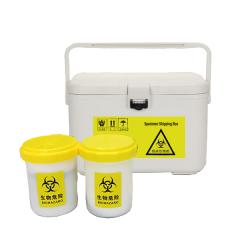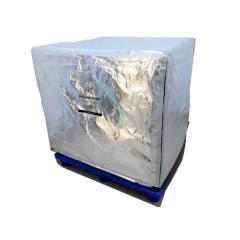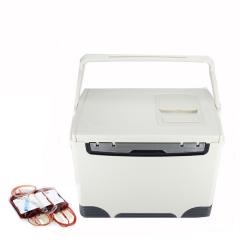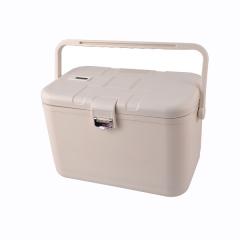Cold chain logistics is a critical link in ensuring that perishable foods, pharmaceuticals, and other temperature sensitive products maintain a specific temperature range during transportation and storage. With the increasing attention of consumers to food safety, freshness, and the effectiveness of pharmaceutical products, changes in market demand are driving the cold chain logistics industry to continuously optimize its service model. Below, we will explore how to optimize the service model of cold chain logistics through market demand analysis in a way that is close to practical application scenarios.
1. Changes in consumer behavior
In recent years, the development of e-commerce has led to significant changes in consumers' purchasing habits. More and more people are choosing to purchase fresh food and medicine online, which not only requires cold chain logistics to cover a wider geographical area, but also to ensure delivery speed and service quality. To cater to this trend, cold chain logistics companies can:
-Expand last mile delivery: Collaborate with local supermarkets, convenience stores, or community service centers to set up refrigerators as temporary storage points for customers to pick up and reduce end of pipe delivery costs.
-Launch scheduled delivery service: Provide precise time window delivery according to user needs, ensuring that products are delivered to consumers in the best condition.
2. Support for technological progress
The advancement of technology has brought unprecedented opportunities for cold chain logistics. By utilizing advanced technologies such as the Internet of Things (IoT), big data analytics, and artificial intelligence, it is possible to achieve full temperature monitoring, intelligent routing planning, and predictive maintenance, thereby improving efficiency and reducing costs. For example:
-Real time temperature tracking: By embedding temperature sensors inside the packaging and combining them with GPS positioning systems, logistics companies can grasp the status of goods in real time and respond to abnormal situations in a timely manner.
-Data analysis drives decision-making: collect historical data for in-depth learning, predict future demand fluctuations, adjust resource allocation in advance, and avoid waste.
3. Enhancement of environmental awareness
With the increasing global attention to environmental protection, green logistics has become one of the important directions for industry development. Cold chain logistics companies can reduce carbon emissions by adopting new energy vehicles, optimizing packaging materials, and responding to government policies and social responsibility requirements. Specific measures include:
-Promote electric refrigerated trucks: reduce the pollution caused by traditional fuel vehicles, especially in urban distribution scenarios.
-Development of degradable packaging: use environment-friendly thermal insulation materials instead of traditional foam boxes, which not only protects the environment but also conforms to modern consumption concepts.

 italiano
italiano  English
English français
français русский
русский español
español português
português العربية
العربية 日本語
日本語 한국의
한국의 magyar
magyar










